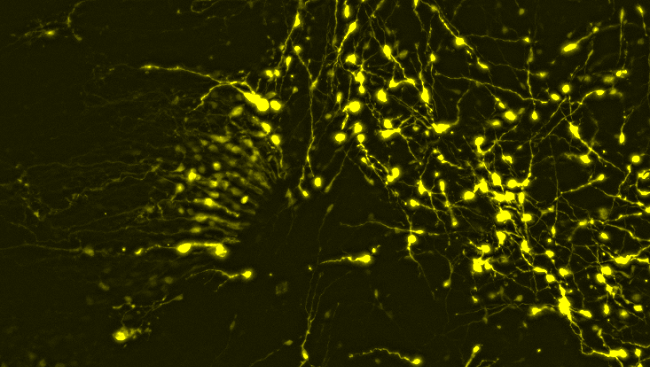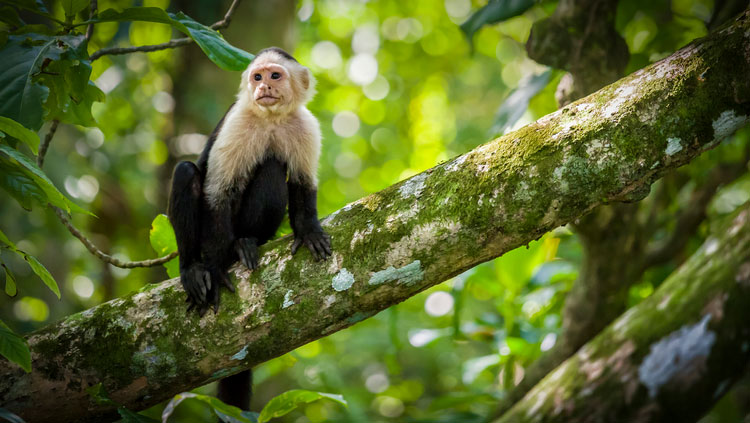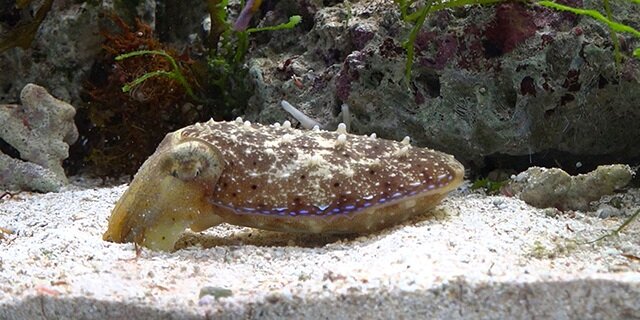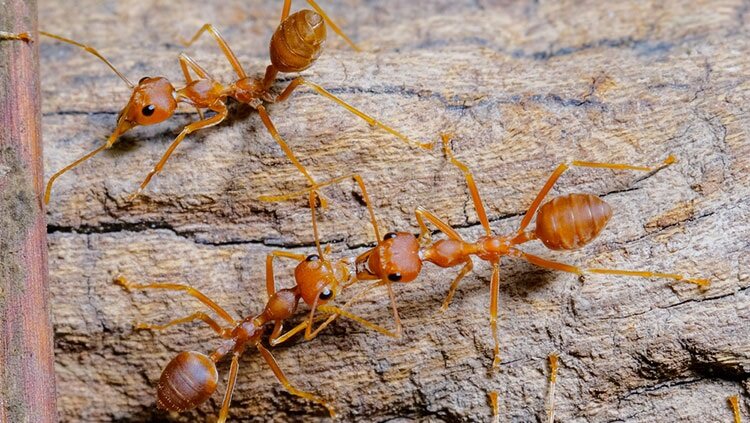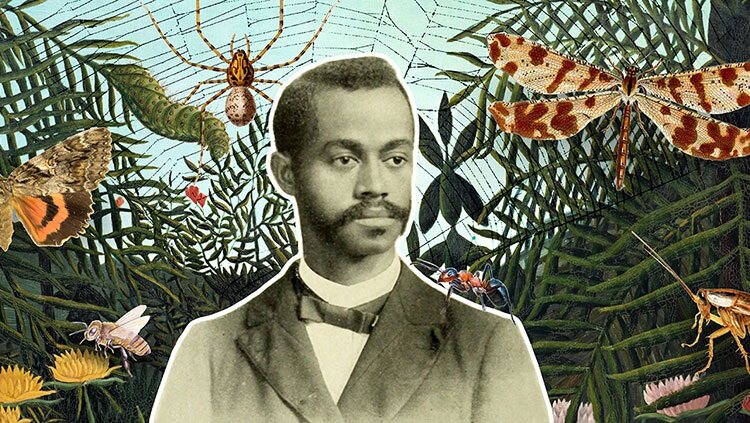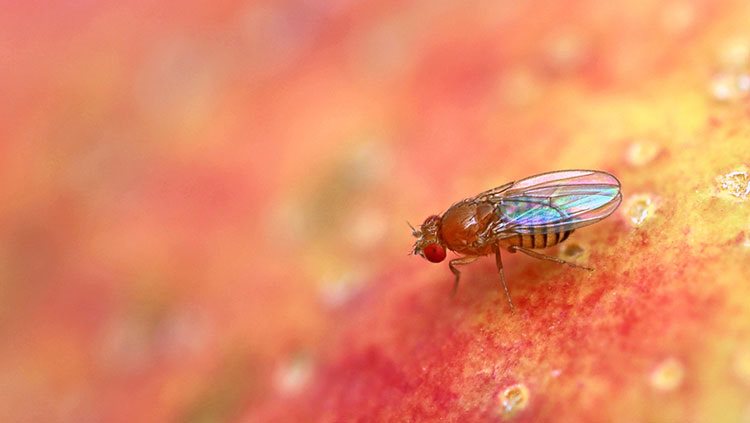Why Animals Are Vital to Brain Research
- Published23 Apr 2014
- Reviewed23 Apr 2014
- Author Susan Gaidos
- Source BrainFacts/SfN
Today’s medical advances stem from a range of research tools, from computer models or cells to experiments using humans or animals. Scientists rely on evidence gathered using animals, such as ferrets, to draw conclusions and push the field forward.
The cerebral cortex, the outermost layer of the brain with deep grooves and intricate folds, organizes itself in early development: Brain cells migrate from their birthplace into the cortex, organizing themselves into layers crucial for normal brain functioning, and forming connections with other cells not only in the cortex but as far away as the bottom of the spinal cord. During this migration process, everything that can go wrong sometimes does go wrong. Neuroscientist Sharon Juliano of the Uniformed Services University of the Health Sciences is tracing the paths that migrating cells take during early development to see what goes awry.
Such research couldn’t be carried out in cells, nor could it be done on humans — at least, not without killing them to study the results. But animal models — ferrets in this case — are providing a window on how these migration processes unfold.
Major health advances
Animals have long been on the front lines of research. In laboratories throughout the world for decades, biomedical researchers have relied on rats, mice, rabbits, dogs, pigs, and monkeys to devise drugs and treatments destined for human use.
Studies of laboratory animals offer valuable insights into the brain and nervous system, too. Though animal stand-ins don’t exactly represent the biology of the human brain, their brains have many of the same basic structures and functions, Juliano says.
Unlike rodents, the ferret has a folded cerebral cortex like humans. But while the basic wiring of cells in the human brain takes place in the womb, ferret pups are born in a much less mature state. Because new neurons are still being generated, much of the migration process occurs after the animal is born. These features allow Juliano to track what happens when neurons don’t take the correct route or reach their proper destination in the developing brain.
“We’ve been able to create a model of cell migration in the developing brain that would have been impossible to do in mice or most other animals,” she says.
That’s not to say that studies of worms, rodents, and a whole hierarchy of other critters haven’t been helpful in understanding what happens in the central nervous system. Animal research has provided vital clues into brain diseases and disorders such as Alzheimer’s disease, multiple sclerosis, and depression. Non-human primates have been at the forefront of research efforts, too. Monkeys were essential in developing deep brain stimulation treatments for Parkinson’s disease as well as brain-controlled prosthetic devices for lost limbs.
Protecting lab animals
Still, working with lab animals requires a great deal of thought and planning. Before an experiment, a research lab must show it has the facilities and staff to care for the animals. In addition, researchers must show that there is no alternative to using animals, and that the likely benefits of the science outweigh any potential negative impacts.
Once an experiment has been approved, lab personnel work to ensure that the animals are safe and healthy. During the data collection phase, Juliano’s assistants spend up to two hours a day with the ferrets, testing them in a variety of tasks that assess different aspects of cognitive functioning. Efforts are made to keep the animals’ environment stimulating and comfortable, too. Juliano adds toys for the ferrets to explore and hammocks to keep them happy.
Lab animals are protected by law, too. The Animal Welfare Act spells out rules for care and use of most types of laboratory animals. Matthew Bailey, vice president of the National Association for Biomedical Research, says that before a new project can get underway, proposed experiments are scrutinized by the institution’s Animal Care and Use Committee to make sure that the research is necessary and not cruel to the animals.
“During these reviews, questions such as, ‘Is this the appropriate species to use for this experiment?’ or, ‘What’s the fewest number of animals needed to obtain statistically sound results?’ are asked,” Bailey says.
Similar laws in Europe protect lab animals in those countries. Roberto Caminiti, a professor at the University of Rome and chair of the Animal Use Committee for the Federation of European Neuroscience Societies, says that in planning experiments with animals, scientists in Europe must follow guidelines known as the "3 Rs.” This procedure calls for a reduction in the numbers of animals used, a refinement of procedures to minimize pain, and the replacement of animals by other techniques — such as computer modeling — when possible.
Researchers in the United States who receive public funds also must conform to the 3 Rs. Juliano’s lab, for example, uses only a handful of animals at a time — just enough to maintain statistical significance of results. Her group preserves brain tissue samples from their ferrets to reduce the need for live animals.
Animals are essential
Still, non-animal methods such as computer modeling can’t always provide the information needed for her studies.
“Computers are exciting research tools that have many uses,” Juliano says. “But when studying complex procedures such as the formation of the cerebral cortex, it’s impossible to create a computer simulation that integrates all the potential variables.”
Such studies involve a complicated relationship between brain and body and require a living, breathing system. In her studies, Juliano says she learns from the variable paths individual migrating neurons take, something that cannot be programed by a computer. Incorrect placement of neurons during this period may play a role in developmental disorders such as autism spectrum disorder.
What the ferret can offer
The ferret has proved to be particularly useful for such research. Because its brain closely resembles the human brain, ferret studies may help neurobiologists answer lingering questions about development. The research may also provide insights on how neurons and their connections rearrange themselves after a brain injury.
Juliano’s group is now collaborating with scientists at the National Institutes of Health to compare information gleaned from her studies of neuronal migration in the ferret to magnetic resonance imaging (MRI) scans from injured patients. Through these comparisons, the scientists hope to gain insight into the changes that occur in patients’ brains after an injury. The findings may someday allow doctors to use non-invasive tools, such as MRI, to assess patients.
It’s not yet known if the ferret studies will mesh with human images, Juliano says. “We hope to add a piece to that knowledge.”
If they do, or even if they don’t, one thing is clear: animal studies have significantly contributed to the expansion of scientists’ understanding of how brain development occurs.
CONTENT PROVIDED BY
BrainFacts/SfN
References
Abbah J, Braga MF, Juliano SL. Targeted disruption of layer 4 during development increases GABAA receptor neurotransmission in the neocortex. Journal of Neurophysiology. 111(2):323-35 (2014).
Caminiti R, Carducci F, Piervincenzi C, Battaglia-Mayer A, Confalone G, et al. Diameter, length, speed, and conduction delay of callosal axons in macaque monkeys and humans: comparing data from histology and magnetic resonance imaging diffusion tractography. The Journal of Neuroscience. 33(36):14501-11 (2013).
Also In Animals in Research
Trending
Popular articles on BrainFacts.org



